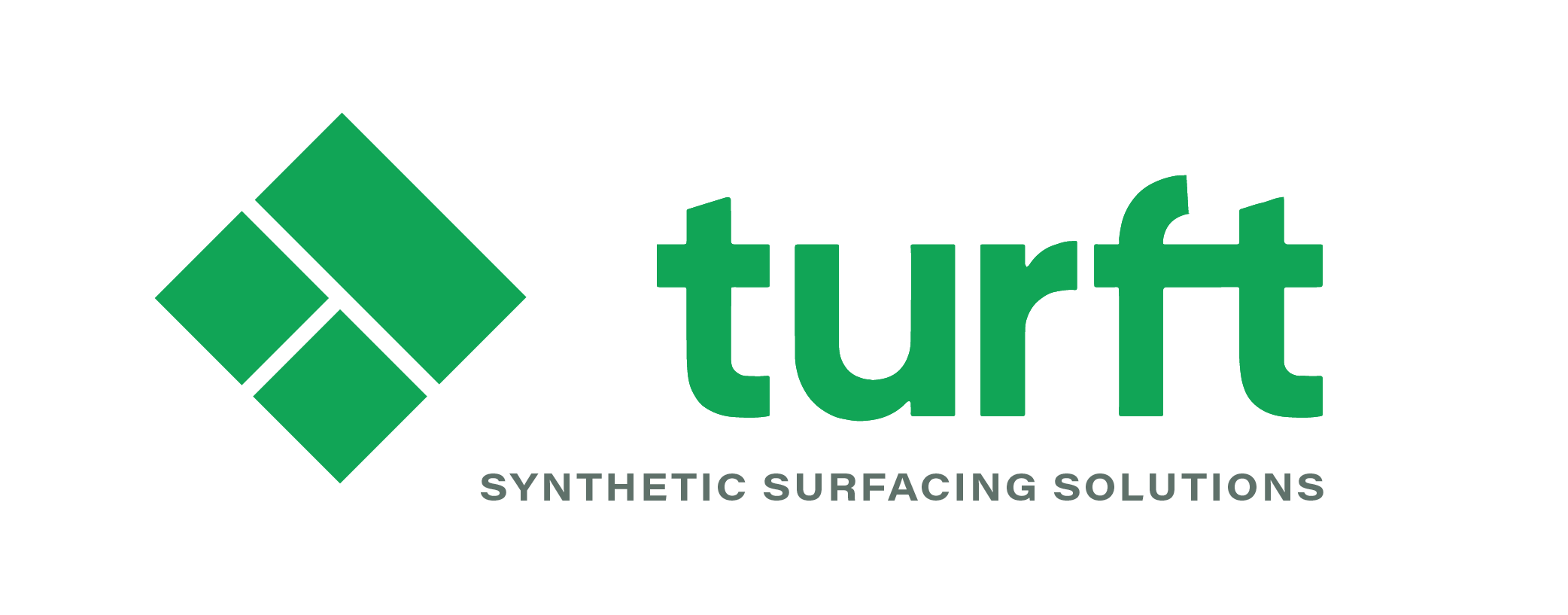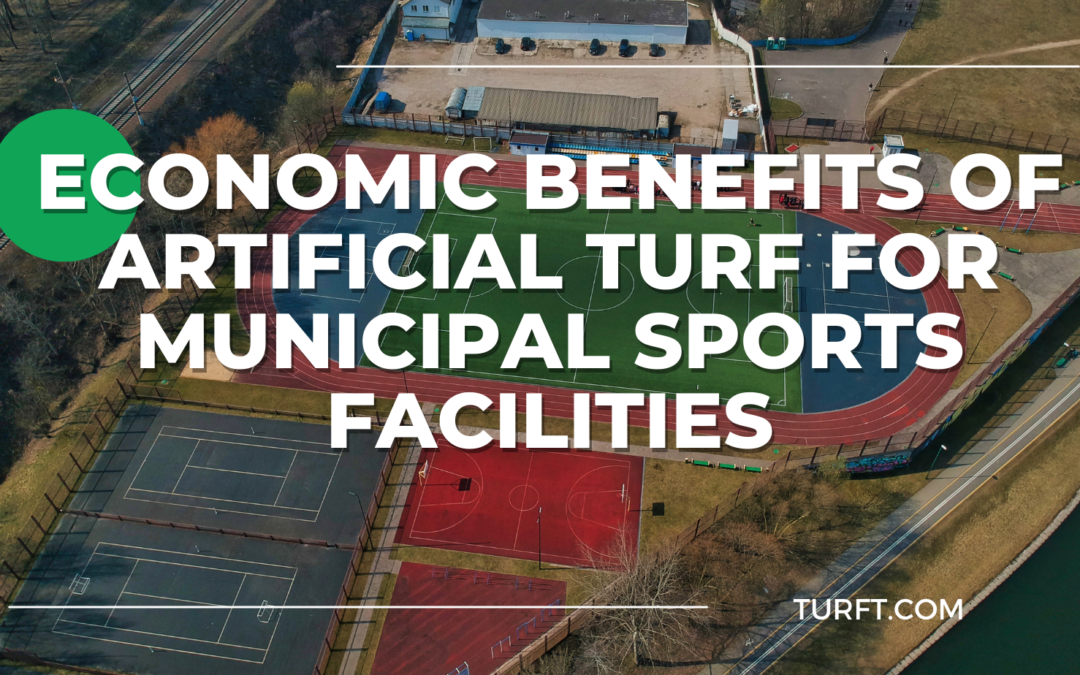Municipal sports facilities serve as vital community hubs, hosting everything from youth soccer leagues to adult softball tournaments. As cities and towns increasingly look to maximize both the utility and cost-efficiency of these spaces, artificial turf has emerged as a superior alternative to natural grass. By transitioning to synthetic surfaces like those provided by Turft, municipal facilities can enjoy significant economic benefits, including reduced maintenance costs, enhanced venue availability, and the potential for increased revenue through more frequent hosting of sports events and tournaments.
Why Cities Are Choosing Artificial Turf
- Significant Reduction in Maintenance Costs Natural grass requires constant care, including watering, mowing, fertilizing, and pest control, which can be costly and labor-intensive. In contrast, artificial turf from Turft eliminates the need for regular mowing and the intensive labor associated with maintaining a grass field. This can save facilities upwards of $35,000 annually in maintenance expenses alone.
- Enhanced Durability and More Playing Time Synthetic fields can withstand heavy use and severe weather conditions without needing time to recover. Unlike natural turf, which can become muddy and unplayable after rain, Turft’s artificial surfaces are designed for all-weather utility, ensuring that games can proceed regardless of weather conditions. This durability significantly increases the usability of the fields, allowing for potentially 500 hours of playtime compared to about 100 hours on natural turf fields.
- Water Conservation With water conservation becoming increasingly important, especially in regions experiencing drought, the ability to eliminate regular watering of athletic fields can contribute significantly to municipal water savings. Artificial turf requires no watering, which not only conserves this vital resource but also reduces the city’s water bills.
- Aesthetic and Functional Consistency Artificial turf maintains a pristine and consistent appearance all year round. It stays lush and green through every season, enhancing the aesthetic appeal of community sports facilities and reducing the common issues associated with natural grass, such as patches, brown spots, and uneven surfaces.
- Pest and Allergen Reduction Turft’s synthetic fields do not provide a habitat for pests like bugs and rodents, nor do they harbor allergens such as pollen. This can improve the health and safety of the sports environment for players and spectators alike, reducing the need for pesticides and allergen management.
- Increased Revenue Opportunities With greater availability and fewer weather-dependent cancellations, municipalities can host more tournaments and events throughout the year. This increase in hosting capacity allows for enhanced revenue generation through event fees and increased patronage at local businesses.
Realizing the Full Potential of Artificial Turf
The transition to artificial turf involves upfront investment, but the long-term savings and benefits far outweigh these initial costs. Municipalities can further capitalize on their investment by renting out their facilities for various events, knowing that the durability of Turft’s products ensures that the field will remain in top condition.
Making the Switch with Turft
Choosing Turft for your artificial turf needs means opting for a partner who understands the specific requirements of municipal sports facilities. With top-tier products designed to maximize playability, safety, and durability, Turft helps cities enhance their community offerings while significantly reducing ongoing costs.
For municipalities considering an upgrade to their sports facilities, now is the perfect time to explore the advantages of artificial turf. Contact Turft today at 615-447-5146 or visit our website to learn more about how our synthetic turf solutions can transform your community sports environments into more sustainable, economical, and versatile spaces.

